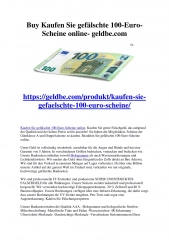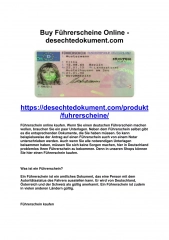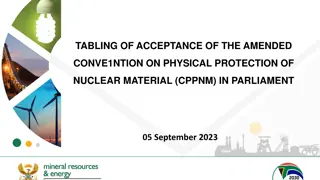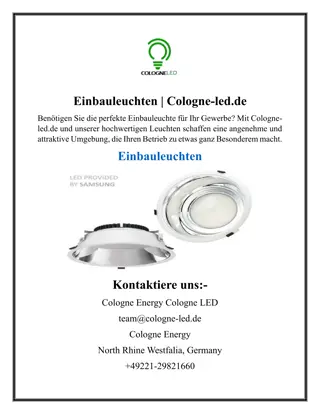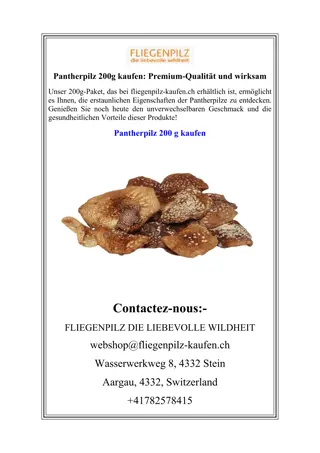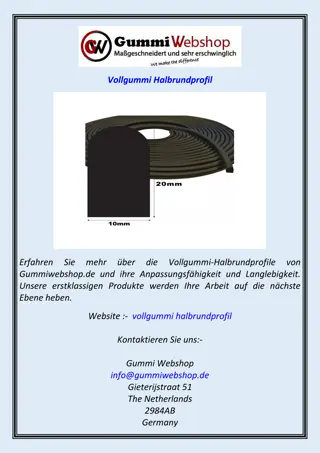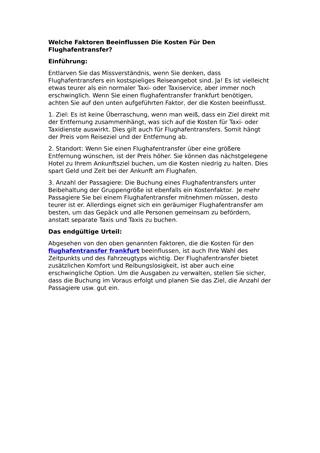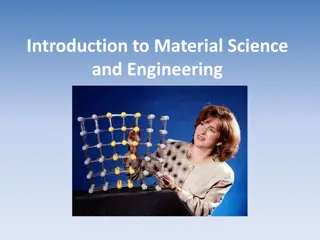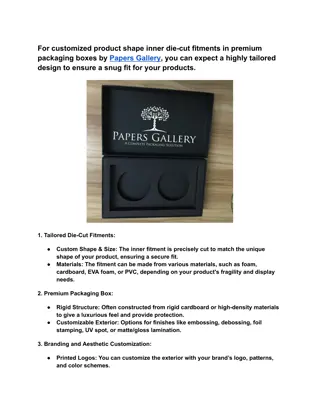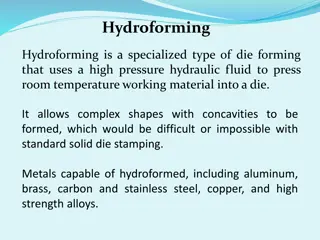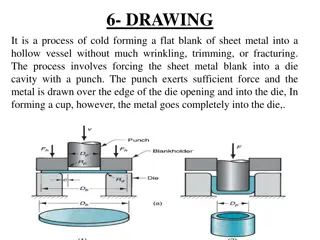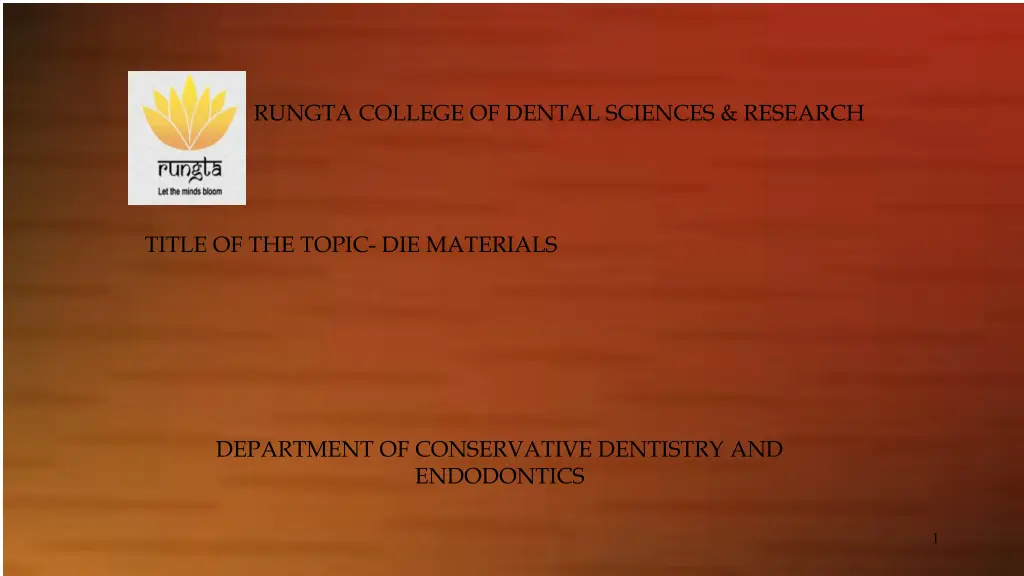
Die Materials in Conservative Dentistry and Endodontics
Explore the world of die materials in the field of Conservative Dentistry and Endodontics, covering topics such as classification, different systems, advantages of electroplated and electroformed dies, and the electrolytic cell process for impression materials.
Download Presentation

Please find below an Image/Link to download the presentation.
The content on the website is provided AS IS for your information and personal use only. It may not be sold, licensed, or shared on other websites without obtaining consent from the author. If you encounter any issues during the download, it is possible that the publisher has removed the file from their server.
You are allowed to download the files provided on this website for personal or commercial use, subject to the condition that they are used lawfully. All files are the property of their respective owners.
The content on the website is provided AS IS for your information and personal use only. It may not be sold, licensed, or shared on other websites without obtaining consent from the author.
E N D
Presentation Transcript
RUNGTA COLLEGE OF DENTAL SCIENCES & RESEARCH TITLE OF THE TOPIC- DIE MATERIALS DEPARTMENT OF CONSERVATIVE DENTISTRY AND ENDODONTICS 1
Specific learning Objectives At the end of this presentation the learner is expected to know ; Core areas* Domain ** Category # Introduction Method Armamentarium Cognitive Psychomotor Cognitive Must know Must know Must know *Subtopic of importance ** Cognitive, Psychomotor or Affective # Must know , Nice to know & Desire to know ( Table to be prepared as per the above format ) 2
CONTENTS Introduction Ideal requisites of die materials Classification of die materials Different die materials Different die systems Conclusion References
Electroplated Dies / Electroformed Dies : of gypsum. Used to overcome the poor abrasion resistance Advantages High strength, Hardness Abrasion resistance. of metal typically 8 hrs The time required to produce a cohesive film
1. Because of their low energies, silicone impression materials are difficult to electroplate evenly. 2. Polyether impressions, because of their hydrophilic nature, imbibe water and become distorted. 3. Polysulfide polymers can be silver plated, but it is more difficult to copper plate them. The
The first step in the procedure is to treat the surface of the impression material so that it conducts electricity. This process is referred to as METALLIZING. In this process, a thin layer of metal, such as silver is deposited on the surface of the impression material.
Metallizing agents are : 1. Bronzing powder suspended in almond oil 2. Aqueous suspensions of silver powder 3. Powdered graphite Requirements for electroplating : 1. The impression to be coated is made the cathode.
Anode is the metal to be deposited either silver or copper Anode and cathode holder. Electrolyte is the solution through which the electric current is passed. The ions are deposited from the anode to the cathode.
COMPOSITION OF ELECTROPLATING BATH : Copper : Copper sulfate (crystals) 200g Sulfuric acid (concentrated) 30 ml Phenosulfonic acid 2 ml Water (distilled) 1000 ml Silver : Silver cyanide 36g Potassium cyanide 60 g Potassium carbonate 45g Water (distilled) 1000ml
5. AMMETER :- The current passed is of 10ma / tooth area for 12 hrs. It should not exceed 50ma. 6. Plating tank glass or hard rubber with well fitting cover evaporation. to prevent
PROCEDURE : a) Copper plating : * The surface of the impression is rendered conductive by coating it with fine particles of copper or graphite. * The coated impression is made the cathode (negative electrode) of a plating bath, with an anode (positive electrode) of copper.
* The electrolyte is an acid solution of copper sulfate (about 250g/l. * A current is passed, causing slow dissolution of the anode and movement of copper ions from anode to cathode, so plating the impression.
5. Dental stone is then cast into the plated impression. 6. The technique is often not considered suitable for the elastomeric materials. b) Silver plating : Polysulfide and silicone impression materials can be silver plated by the same general technique except 1) The impression is coated with silver or graphite powder. 2) The anode is silver. 3) The electrolyte is an alkaline solution of silver cyanide
Problems in metal-forming : Due to Faulty conduction Exhausted solution Over concentrated solution Metal anode too small Friable metal deposit
POLYMERIC MATERIALS : Auto-polymerising acrylic : Although self-cure acrylic polymers are often recommended for use as die materials, Disadvantages. The monomer reacts with all except silicone impression materials. The heat of reaction distorts thermoplastic materials. There is a large percentage of monomer and the resultant volumetric contraction makes the material unsuitable as a die material.
FILLED POLYMERIC MATERIALS (EG. EPOXY RESINS, POLYESTERS EPIMINES) AND Presentation : Some combination of liquids, pastes and powders. Recently fast-setting epoxy materials have been supplied in automixing systems similar to those for automixing addition silicones. Common brands : Diemet; goldex; impredur; polyroqq
PROPERTIES : 1)Set within an hour to become rigid, abrasion-resistant solids. 2)Show some shrinkage on polymerization . 3)Epoxy resins react with polysulfide impression materials. 4)Water retards the polymerization of resin,.
Advantages : Rapid Set More abrasion resistant Not as brittle as die stones Disadvantage: Shrinkage on polymerization may be a source of inaccuracy fillers reduce this shrinkage.
TAKE HOME MESSEGE/ FOR THE TOPIC COVERED (SUMMARY) The ease with which a restoration is fabricated and the accuracy with which it will fit the mouth is materially affected by the casts and dies. So a die material should be selected that has Good dimensional accuracy, Abrasion resistance and Ability to reproduce fine detail and sharp margins. 20
Question & Answer Session 1. Write in brief about die preparation. 2. Write a short note on dowel pins. 3. Write a short note on die stone. 4. Write in brief ideal requirements of die materials. 21
REFERENCES 1. Johnston s Modern practice in fixed prosthodontics. 2. Dental materials- Properties and manipulation Craig, Obrein, Powers, 5th Edition. 3. Restorative dental materials Robert, G. Craig and John H. Powers, 11th Edition. 4. Anusavice - Phillips Sciences of Dental materials, 10th Edition. 5. Contemporary fixed prosthodontics Stephen F. Rosenstiel 3rd Edition. 6. IJP 2000 Vol 13, No: 3 pp: 214-20. 7. JPD 2000 Apr; Vol 83 No: 4 pp: 466-73. 8. JPD 2000 Mar; Vol 83 No. 3 pp: 301-5. 9. JPD 1998 Oct; Vol 80 No. 4 pp: 485-9.


